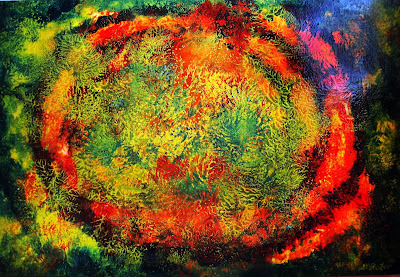Dr Abe V Rotor


Historic City of Vigan was established in the 16th century, Vigan is the best-preserved example of a planned Spanish colonial town in Asia. Its architecture reflects the coming together of cultural elements from elsewhere in the Philippines, from China and from Europe, resulting in a culture and townscape that have no parallel anywhere in East and South-East Asia.
Plaza Salcedo and St Paul Cathedral
Dancing fountain Plaza Salcedo Park
Vigan is not only a provincial capital
but the ganglion of the Ilocos region.
In fact, it was the Manila of the north,
as Cebu was in the south in Spanish times.
The galleon ships docked here regularly
en route Spain via Acapulco in Mexico,
Vigan was a little Madrid, a little Venice,
a little Berlin, Florence, Vienna, Paris
melanged into its native and Oriental
culture with Asian neighbors.
Colonial Spanish culture flourishes
in today's postmodern world;
its counterparts - Binondo Manila
and Cebu are now in archives,
so with those in other countries.
Vigan is a living history, a living relic of the past
for such a mystery, scholars have yet
to discover the secrets of Vigan,
historians to compare it with the old cities -
grandiose Rome, city states of Greece,
now in ruins, or buried in oblivion.
But Vigan lives! ~



Ride on the historic calesa - to the Spanish colonial times.
Go to the Heritage, center of Spanish culture for almost 400 years, accredited by UNESCO as a world heritage.


























